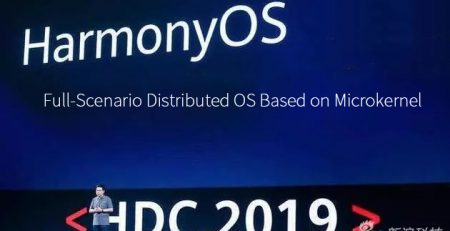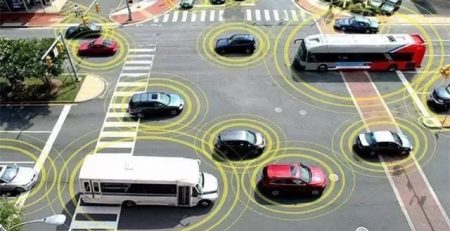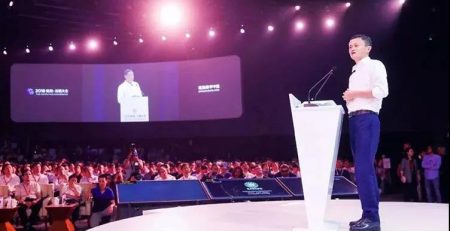With 7 core development principles , where is the next step for Google artificial intelligence?
Introduction:
Simplicity is a state of mind. We produce interactive electronics like ipazzportcast, smart mini wireless keyboard, TV box and smart home to make your daily life even simple and effective. We are also willing to share newest top-end trend of technology with you all.
News of iYiou East China on September 18th. the next day of the 2018 World Artificial Intelligence Conference, Google (Google) held the forum to share the theme “AI at your fingertips”. This forum saw distinguishing guests and Google’s understanding and latest developments in artificial intelligence from like Jay Yagnik ( Google Global Vice President, engineering researcher), Mike Liang (product leader of Google TensorFlow in China), Chris Shallue (Google AI senior software engineer) and others.
Google’s principles in AI:
On the forum, Jay Yagnik repeated the original idea of developing AI through enterprises. He deemed that the AI is popular in global range, though it was its babyhood, which calls for a objective attitude toward its hot phrase some day. As Google is concerned, he has only two direction in AI development, namely sticking to 7 principles as development core and making AI simple and easy to use.
7 principles of AI: 1 Benefiting the society; 2 ; 3 Setting up standards and testing its security; 4 being responsible for human’s demands and rights; integrating principle of privacy; 6 adhering to advanced standards in technology and science; 7 providing applications and services according to these principles above mentioned.
Jay Yagnik also hold that avoiding starting or deteriorating unfair prejudice is the most tough point to realize, which is true indeed from the viewpoint of technology limitation and advantageous people to be benefited in developed countries and cities. The environment and some people bearing unfair aftermath is against AI’S development aim, for AI is solely to advance industry efficiency for all walks of life.
Secondly, AI’s application at present is still limited to developers and researchers and in popularized aspect. To benefit the fellow citizens with charms and changes from the development of technology and science, Google develops and dig at AI in ways of light and portable, easy and intuitive Apps , such as “Google photos” to search related Google Photos through voice search , “Google Translate” as a real-time translation software , “Google Lens” as a image recognition software , top of that, guessing small songs and small programs become hot cakes in the C-side software.
AI product and services orientation:
Besides declared its attitude toward Ai development on the forum, Google stressed typical application of Google’s AI technology in four portal parts of artificial intelligence and art, health care, space and platform.
In the combination of artificial intelligence and art, , you can see famous attractions around the world on the APP through useful tools developed by Google. At the same time, leaning through machine is to digitize all exhibits, support the comparison between different paintings, and accordingly reveal the evolution and gradual relationship between art, which indirectly makes self-timer match art picture.
When it comes to products in artificial intelligence and health care, they are mainly to help doctors complete primary screening and secure accurate medical treatment, and reduce the rate of misdiagnosis. Lily Peng, Google AI product manager, mentioned that the main reason for medical use of machine learning is the large amount of data to be viewed, so that screening and routine imaging become the desperate direction of AI service; in addition, algorithms can expand and enhance expert capabilities to break limited expertise, . . According to the data in Netease’s smart report, Google AI has labeled 130,000 images by 54 ophthalmologists. At present, it has done 880,000 diagnoses. It has achieved good results through clinical verification and pilot tests, and has already been introduced by a hospital in India. Besides advances in software and image services, Google is currently developing easier-to-use hardware to lower the barriers in use.
The Verily project from Google’s parent company, by way of relative and timely information through live tutorial videos. is dedicated to presenting healthcare professionals on how to use surgical hardware properly, enabling surgeons to provide each patients with optimal care and improve surgery outcomes.
As for platforms, Google will focus on TensorFlow. For several years, Google has been convinced of the power of the open source platform. At this year’s Google I/O conference, the official has emphasized that improvements in TensorFlow and TensorFlow Lite have made it easier for programmers to write machine learning algorithms so that they can spend more time optimizing tasks and reducing the times of errors in the code.
According to Mike Liang, TensorFlow has reached 17 million downloads worldwide, including 2 million downloads in China. Currently, TensorFlow has been widely used in China. For example, in the Meituan comment, TensorFlow can help the users mark the uploaded pictures, help enterprises reduce operating costs; help the departments involved predict temperature of sea surface after building up models by cooperating with China Ocean University.











Leave a Reply